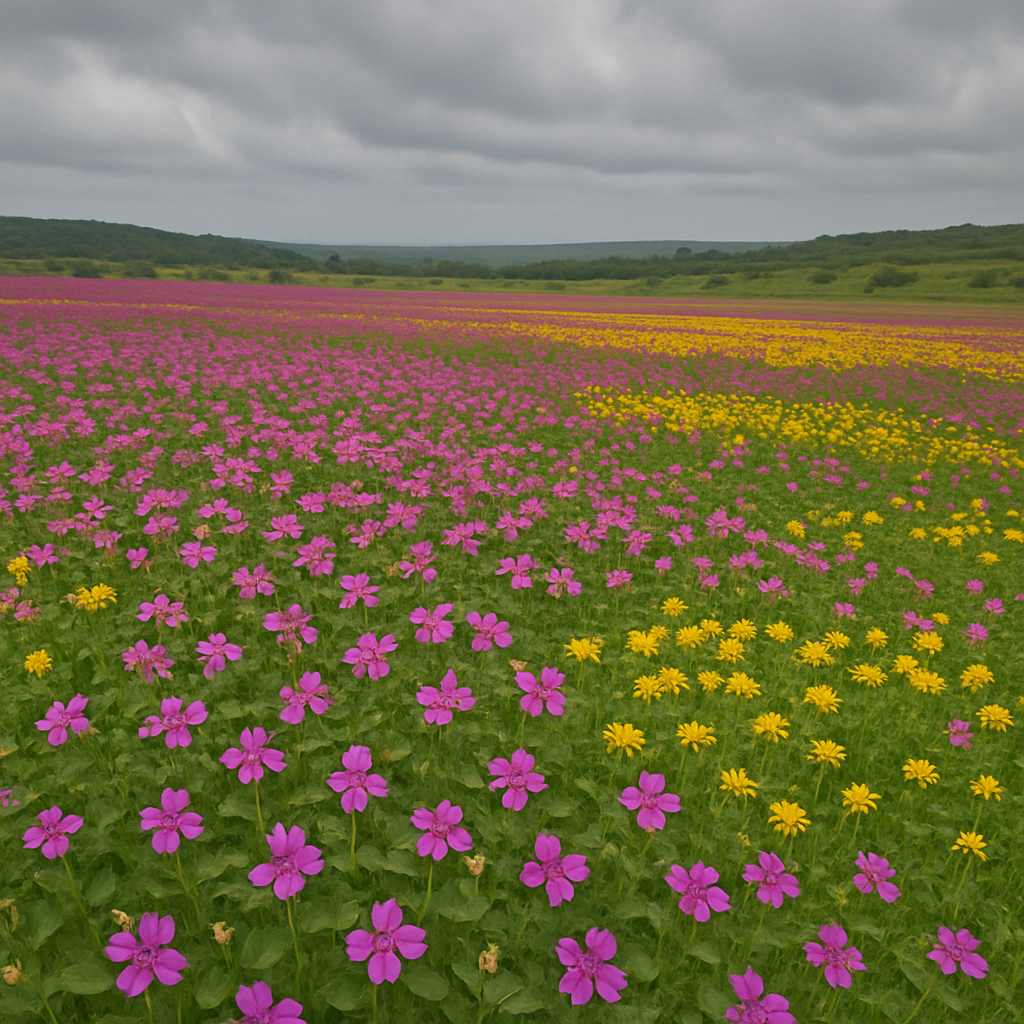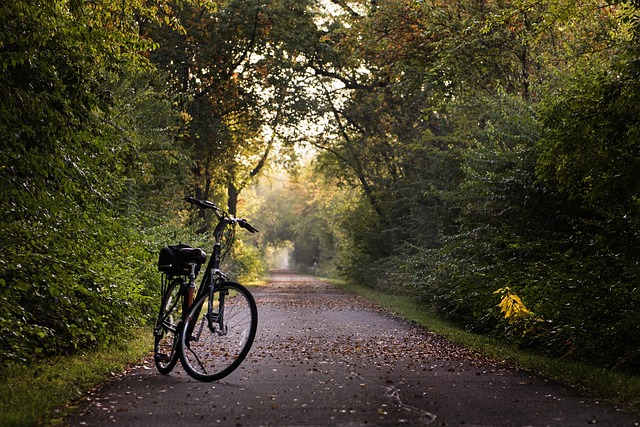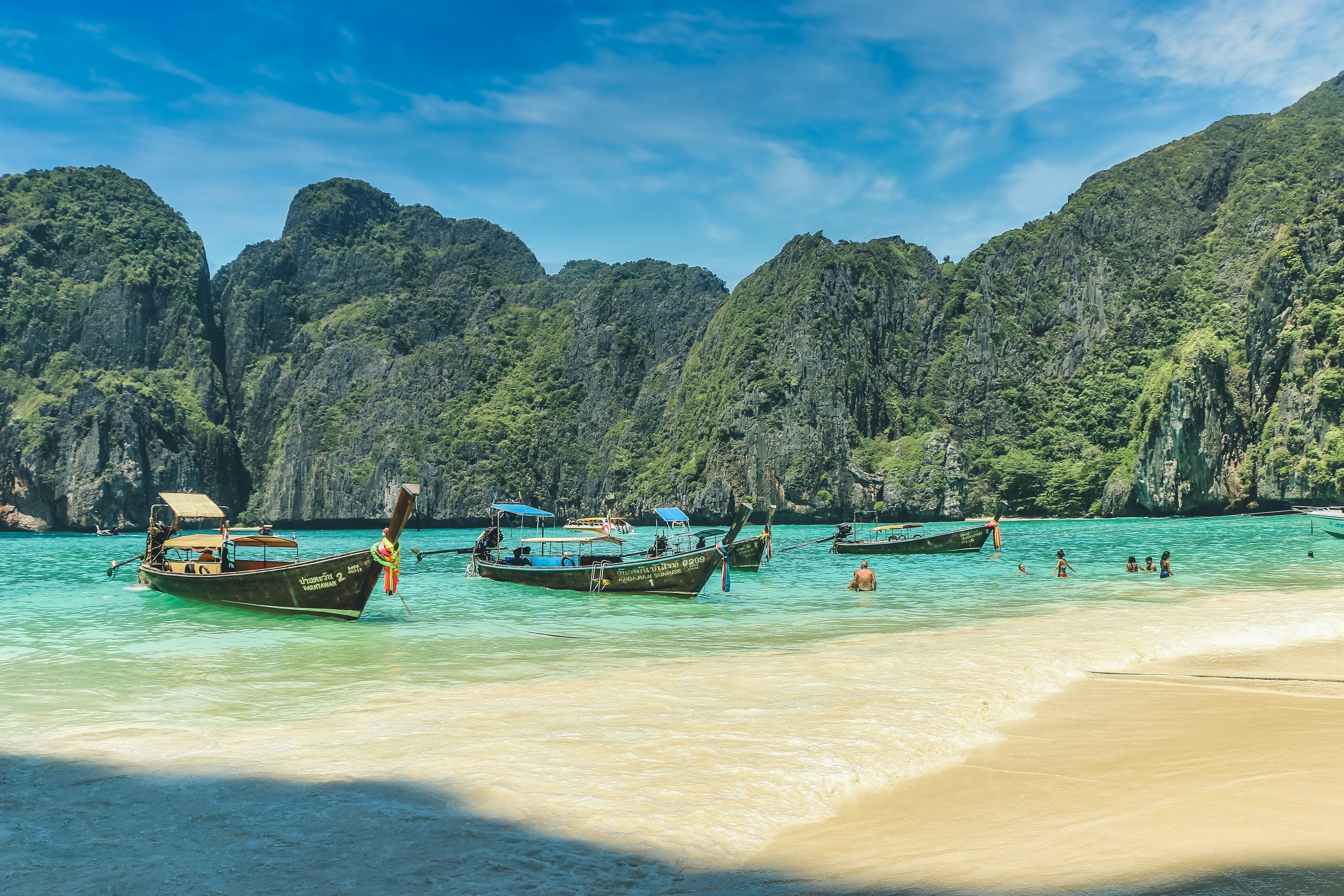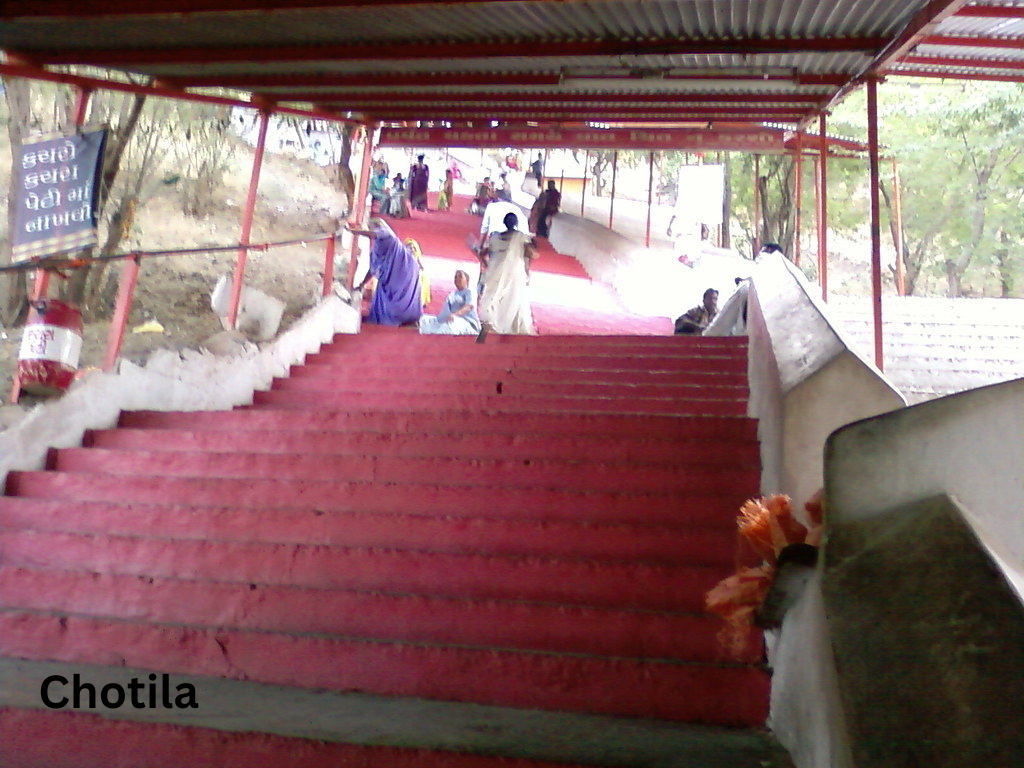Kaas Plateau Maharashtra’s Valley of Flowers

Strong 8k brings an ultra-HD IPTV experience to your living room and your pocket.
Nestled in the Western Ghats of Maharashtra, about 25 kilometers from Satara city, lies the breathtaking Kaas Pathar, also known as the Kaas Plateau. Famous for its seasonal bloom of wildflowers, this UNESCO World Natural Heritage Site transforms into a vivid tapestry of colors between August and October.
Often compared to the Valley of Flowers in Uttarakhand, Kaas Plateau is a lesser-known yet equally enchanting destination that combines natural beauty, biodiversity, and tranquility.
Geographical Significance
Situated at an altitude of around 1,200 meters (3,937 feet), Kaas Plateau spans approximately 10 square kilometers. The name "Kaas" is derived from the Kaasa tree (Elaeocarpus glandulosus), which is native to this region. The plateau is part of the Sahyadri sub-cluster of the Western Ghats, a biodiversity hotspot recognized globally for its ecological importance.
The area receives heavy rainfall during the monsoon, which creates the ideal conditions for the blooming of endemic flowers and grasses.
A Carpet of Flowers
The main attraction of Kaas Pathar is the seasonal wildflower bloom, which usually peaks from late August to early October. During this time, the plateau is blanketed with a mesmerizing array of flowers in hues of purple, pink, yellow, white, and blue. Over 850 species of flowering plants have been recorded here, out of which more than 40 are endemic to the region, meaning they are found nowhere else on Earth.
Some of the notable flowers you may encounter include:
Smithia hirsuta (Mickey Mouse Flower)
Impatiens lawii (Pink Balsam)
Utricularia (Carnivorous Bladderworts)
Senecio grahamii
Pogostemon deccanensis
What makes Kaas unique is that the floral carpet changes every few weeks. As one species fades, another blooms, offering a constantly shifting kaleidoscope of colors and forms.
Biodiversity and Conservation
Kaas Plateau is not just about flowers. It is home to a rich diversity of flora and fauna, including rare orchids, carnivorous plants, amphibians, and insects. The plateau and its surroundings, including Kaas Lake, Thoseghar Waterfalls, and the Ajinkyatara Fort, form a larger ecosystem that supports various life forms.
In 2012, Kaas was declared a UNESCO World Natural Heritage Site, which brought global attention to its ecological value. However, with increased tourism came environmental threats such as trampling of flowers, littering, and habitat disturbance. In response, the Forest Department of Maharashtra has implemented strict conservation measures, including:
Limiting daily visitors
Providing walkways to avoid damaging flowers
Banning plastic
Educating tourists about ecological sensitivity
Best Time to Visit
The best time to experience Kaas Plateau in full bloom is between late August and early October, soon after the monsoon rains. The exact timing of the bloom can vary slightly depending on weather patterns each year, so it's wise to check local updates or social media groups dedicated to Kaas before planning your trip.
How to Reach Kaas Plateau
By Road: Kaas Plateau is well connected by road. It lies about 25 km from Satara, which is roughly a 3-hour drive from Pune (130 km) and about 5 hours from Mumbai (280 km).
By Train: The nearest railway station is Satara, which is connected to major cities like Pune and Mumbai.
By Air: The closest airport is Pune International Airport. From there, one can hire a cab or take a bus to Satara.
Tips for Travelers
Book in advance: Due to visitor restrictions, it’s important to pre-book your visit on the official Kaas Plateau website during the blooming season.
Wear proper footwear: The terrain can be muddy and uneven during monsoon.
Carry water and snacks: There are limited food options on the plateau.
Respect nature: Do not pick flowers, litter, or stray from the designated pathways.
Photography: DSLRs and mobile phones are allowed, but drone photography is usually restricted.
Nearby Attractions
Kaas Lake: A serene lake just a short walk from the main plateau.
Thoseghar Waterfalls: Located about 30 km from Kaas, ideal for a monsoon day trip.
Sajjangad and Ajinkyatara Forts: Historically significant forts offering panoramic views.
Mahabaleshwar: The famous hill station is about 80 km away and can be combined in a weekend itinerary.
Conclusion
Kaas Pathar is a botanical wonder and a haven for nature lovers, photographers, and ecologists alike. Its vibrant, short-lived bloom is a reminder of nature’s delicate beauty and the importance of conservation. Visiting Kaas Plateau isn’t just a trip—it’s an immersive experience into the living, breathing heart of the Western Ghats.
Note: IndiBlogHub features both user-submitted and editorial content. We do not verify third-party contributions. Read our Disclaimer and Privacy Policyfor details.







